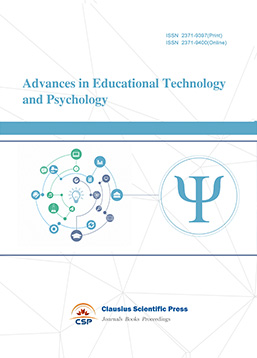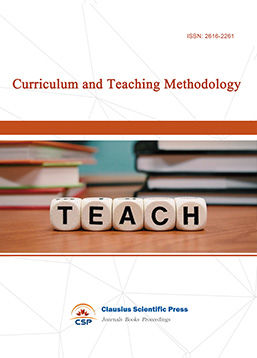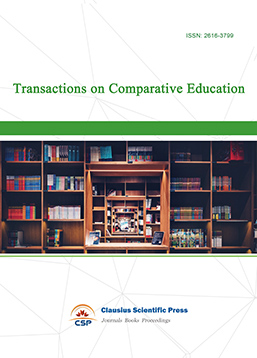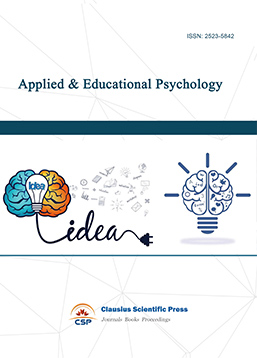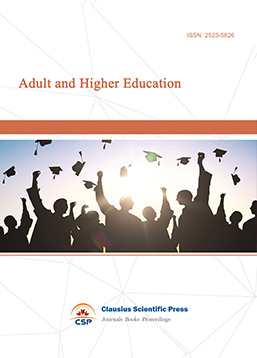Study on Developing "Dual-Teacher and Dual-Capacity" Faculty of Vocational Colleges in China
DOI: 10.23977/avte.2024.060522 | Downloads: 70 | Views: 1346
Author(s)
Liangrui Ai 1, Yangyintao Zhao 2
Affiliation(s)
1 Faculty of Humanities, Chongqing Metropolitan College of Science and Technology, Banan, Chongqing, China
2 Faculty of Education, University of Malaya, Lembah Pantai, Kuala Lumpur, Malaysia
Corresponding Author
Yangyintao ZhaoABSTRACT
The "dual-teacher, dual-capability" model proposed by the Ministry of Education is an effective approach to addressing the current lack of practical skills among teaching staff in China's vocational education. However, in the process of implementing this transformation, several obstacles remain, including outdated teacher management concepts, rigid management systems, inadequate talent development mechanisms, and issues related to the structure and capabilities of the teaching workforce. Considering these challenges, the leadership of vocational institutions needs to modernize teacher management concepts, establish a comprehensive talent recruitment system, improve talent development frameworks, and implement appropriate incentives to facilitate the successful transition towards a "dual-teacher, dual-capability" teaching force.
KEYWORDS
Vocational colleges; Dual-teacher and dual-capacity; Teacher cultivationCITE THIS PAPER
Liangrui Ai, Yangyintao Zhao, Study on Developing "Dual-Teacher and Dual-Capacity" Faculty of Vocational Colleges in China. Advances in Vocational and Technical Education (2024) Vol. 6: 151-158. DOI: http://dx.doi.org/10.23977/avte.2024.060522.
REFERENCES
[1] Li Xia. (2018). Research on Problems and Countermeasures of Enterprise Practice for Professional Course Teachers in Vocational Colleges in Yuncheng [D]. Guangxi Normal University.
[2] Liu Zhijian, Zhang Hui. (2012). An Analysis of the "Dual-Capability" Development of "Dual-Qualification" Teachers in Vocational Colleges [J]. Journal of Jixi University. Vol 12(07): 20-21.
[3] Ministry of Education, National Development and Reform Commission, Ministry of Finance. (2016). Guiding Opinions on Encouraging Some Local Regular Undergraduate Institutions to Transform into Application-Oriented Universities [J]. Gazette of the State Council of the People's Republic of China. Vol (06): 60-64.
[4] Wu Xiaoping. (2017). Research on the Development Mechanism of "Dual-Teacher, Dual-Capability" Educators in Vocational Colleges [J]. Theory Research. Vol (08): 197-198.
[5] Chen Zhenlong. (2020). Research on the Development of "Dual-Teacher, Dual-Capability" Teaching Workforce in Vocational Colleges from the Perspective of Industry-Education Integration [J]. Journal of Shandong Agricultural Engineering College. Vol 37(02): 134-136.
[6] Tang Lun. (2019). Research on the Current Situation and Strategies for Developing "Dual-Teacher, Dual-Capability" Educators in Vocational Colleges [J]. Modern Economic Information. Vol (22): 342-343.
[7] Zhao, Y., Liu, Y., & Wu, H. (2024). Relationships among critical thinking disposition components of Chinese undergraduates: A moderated mediating effect analysis. International Journal of Educational Research, 124, 102306. https://doi.org/10.1016/j.ijer.2023.102306
[8] Zhou Yan. (2016). Analysis of the Development Pathways for "Dual-Teacher, Dual-Capability" Educators in Local Vocational Colleges [J]. Journal of Yan'an Vocational and Technical College. Vol 30(06): 48-50.
[9] Wang Bin. (2019). Optimization of the Professional Development Mechanism for "Dual-Teacher, Dual-Capability" Educators [J]. China Adult Education. Vol (18): 79-82.
[10] Zeng Yihua. (2018). Research on the Incentive Mechanism for "Dual-Teacher, Dual-Capability" Educators in Vocational Colleges in Hunan Province [J]. Innovation and Entrepreneurship Theory Research and Practice. Vol 1(09): 53-55.
[11] Ou Xiaojun. (2018). Identity Anxiety and Cultural Construction of "Dual-Teacher, Dual-Capability" Educators [J]. Heilongjiang Researches on Higher Education. Vol (02): 107-110.
| Downloads: | 15140 |
|---|---|
| Visits: | 807250 |

 Download as PDF
Download as PDF